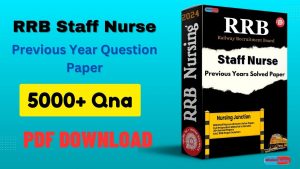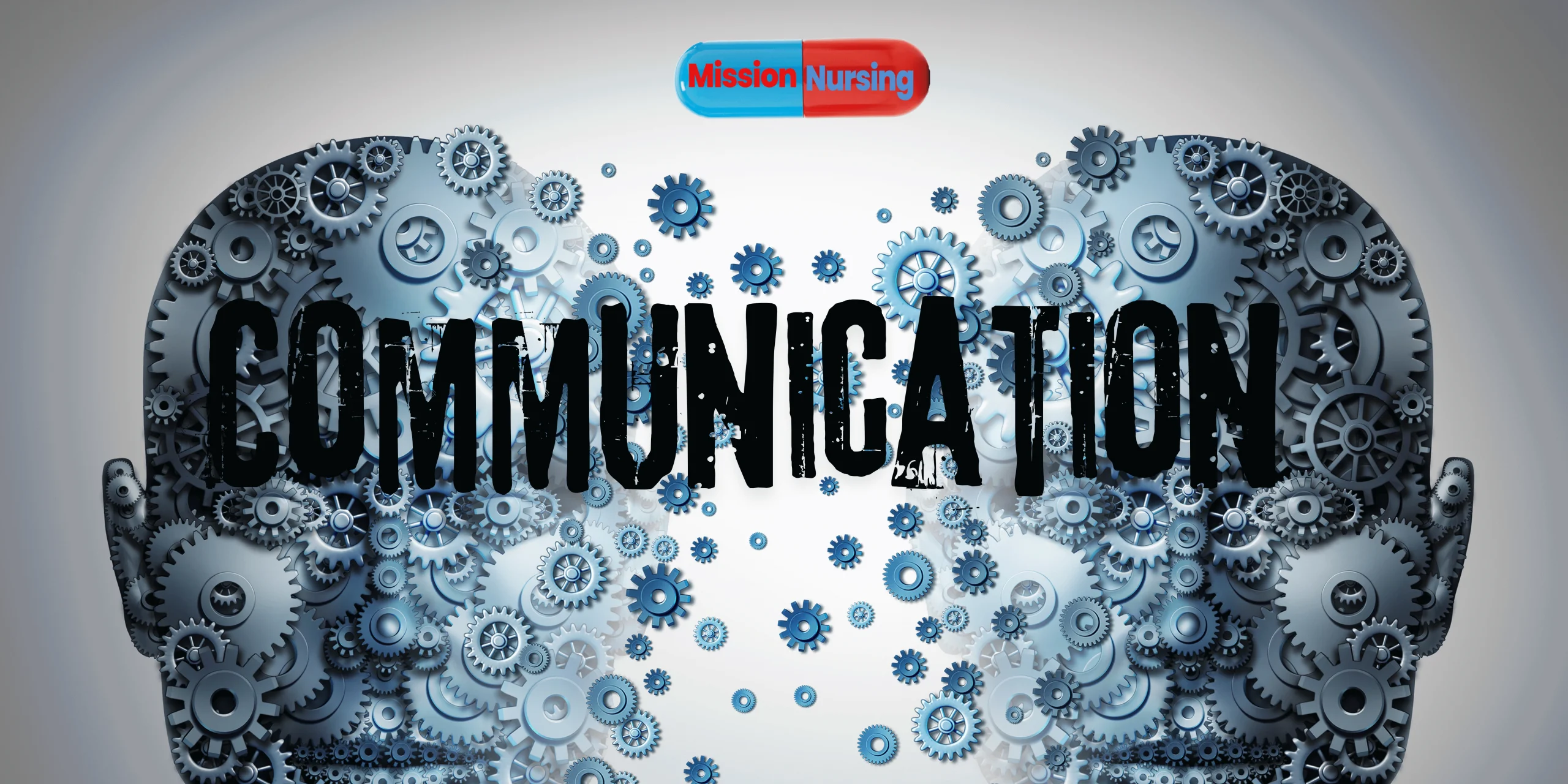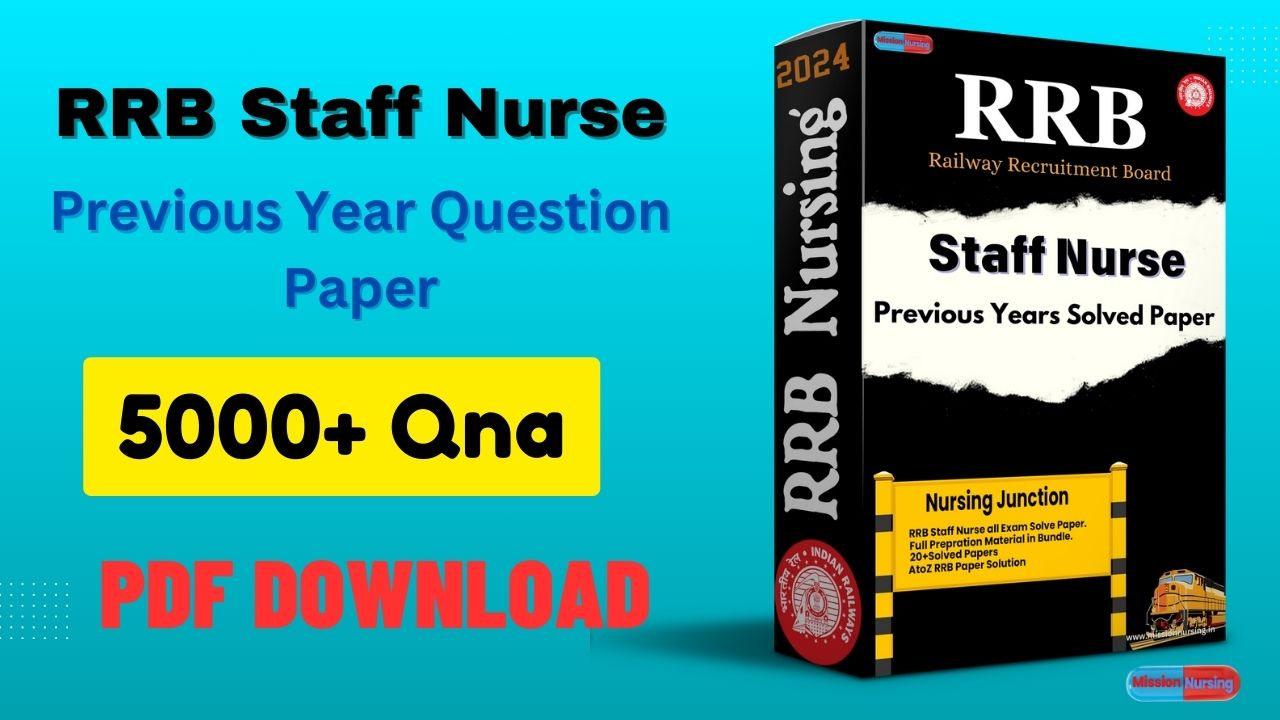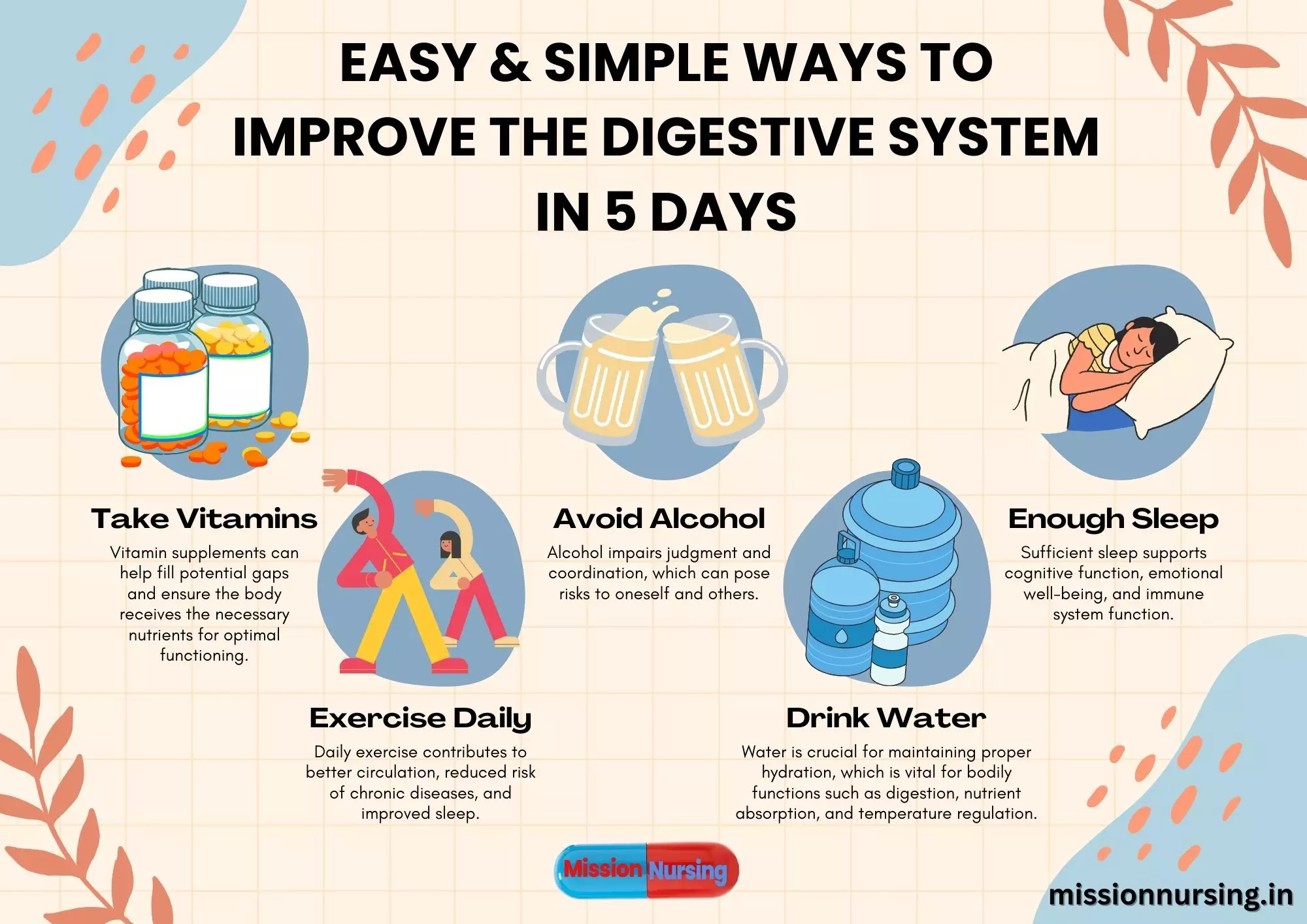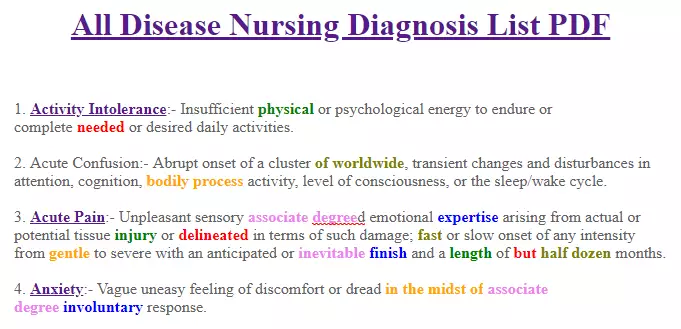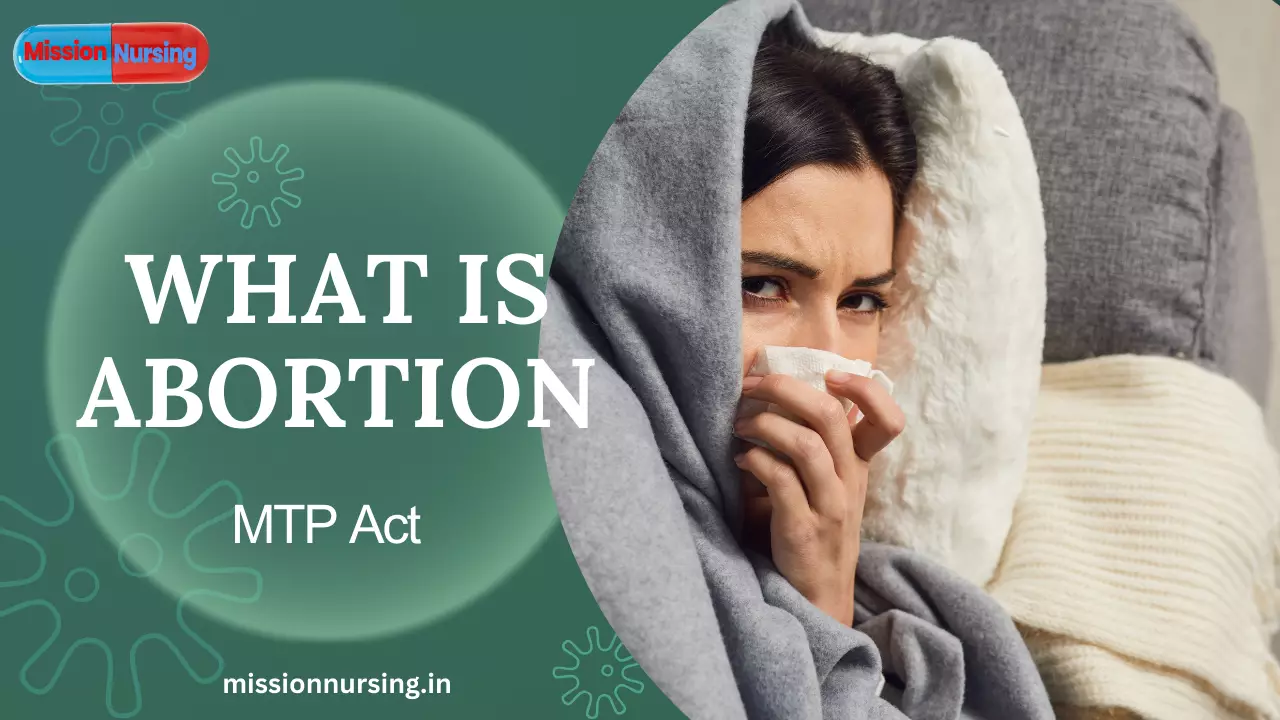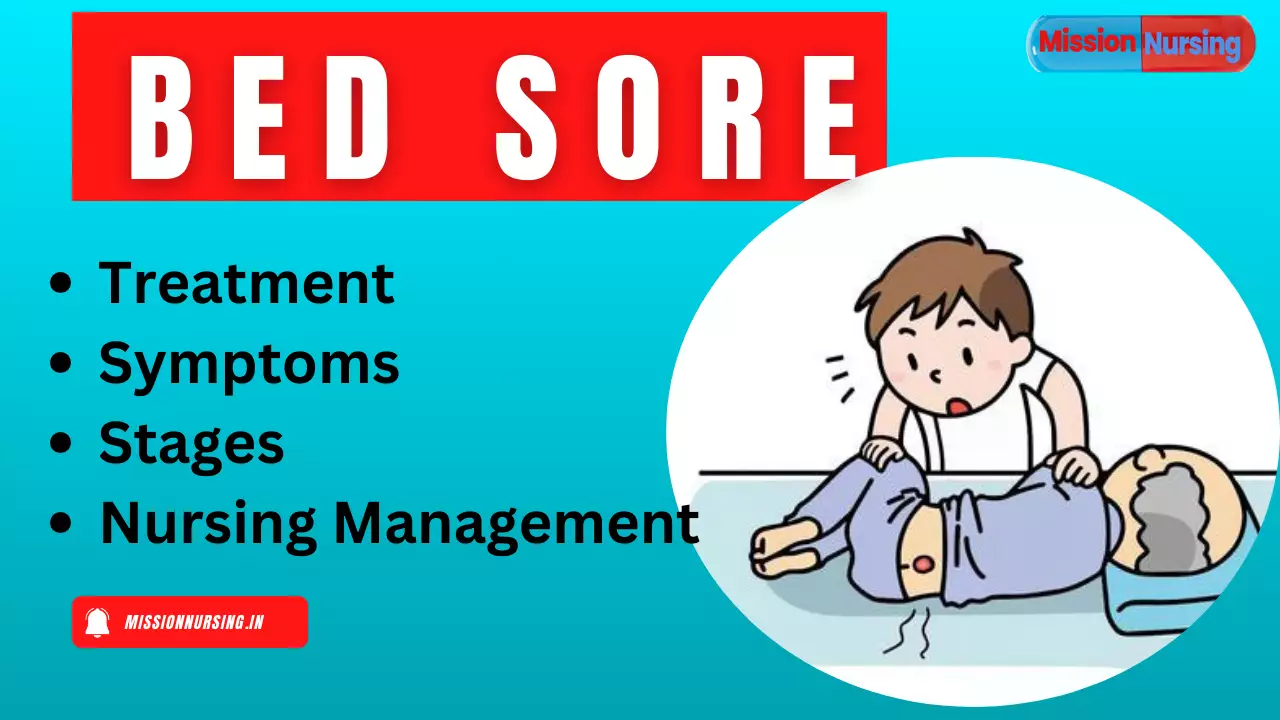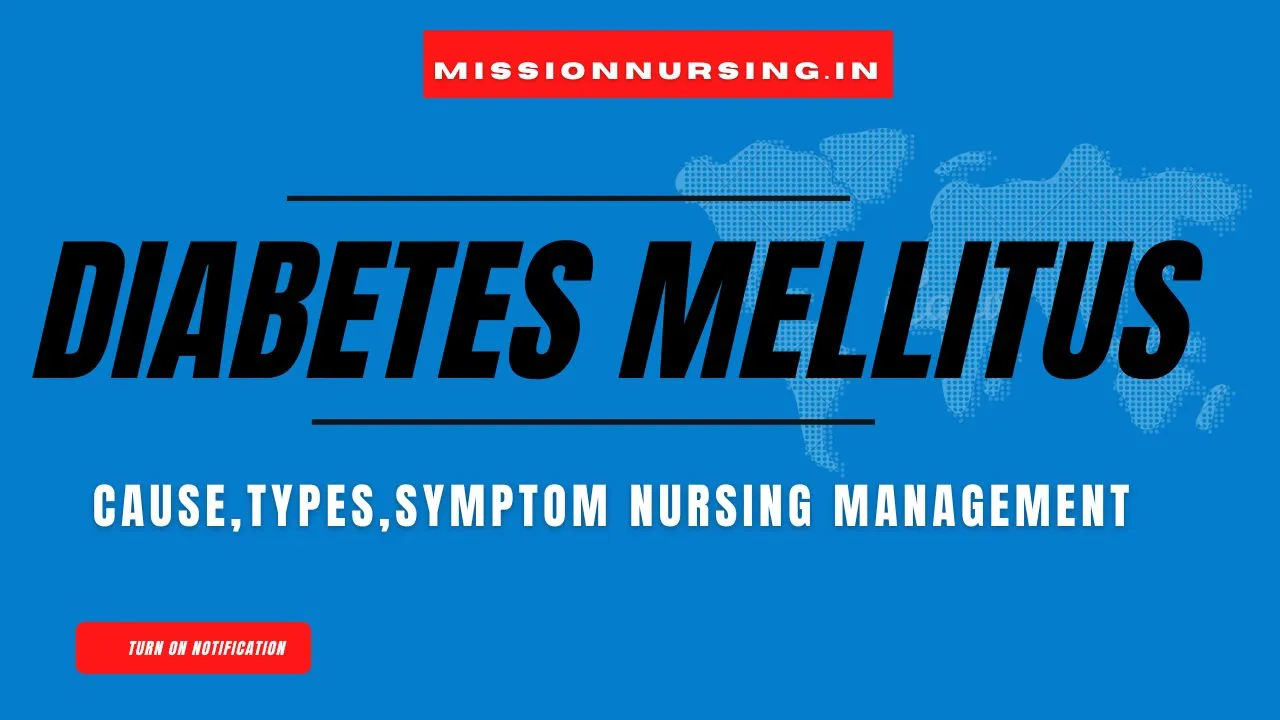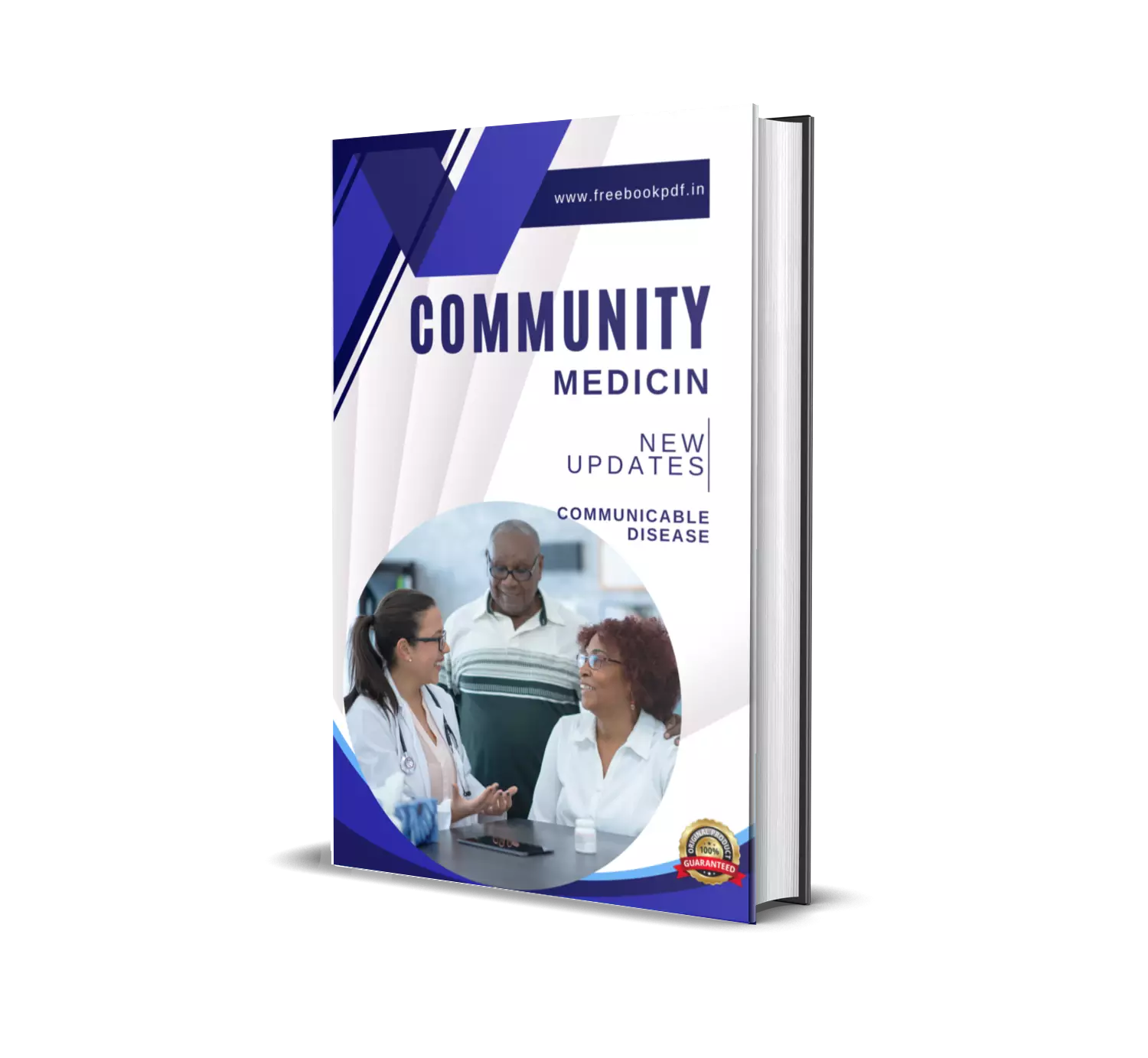What is Appendicitis?
Appendix – The appendix is a finger-like projection present at the end of the cecum. Appendicitis – Appendicitis is an acute and chronic inflammation of the vermiform appendix. Appendicitis is a medical emergency that is always required surgical treatment as soon as to remove the appendix. Appendicitis mainly occurs at 10 – 30 years of age.
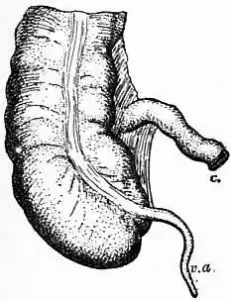
Cause of appendicitis
- Idiopathic
- Faecalith ( hard stool stored in appendix )
- Obstruction and tumor
- Knot in appendix
- Undigested seeds
- Foreign bodies
- Inflammation and fibrosis of the colon
- Abdominal surgery
- Infection
- Intestinal parasites
- Constipation
- Diabetes mellitus and immunosuppression.
Types of appendicitis
- Acute simple appendicitis
- Acute purulent appendicitis
- Obstructed appendicitis
- Malignant appendicitis
- Perforation and gangrenous appendicitis
Pathophysiology of appendicitis
Cause / Etiology
↓
Inflammation and obstruction of an appendix
↓
Increase the intra luminal pressure
↓
Affect the blood supply of the appendix
↓
Edema or swelling in the appendix
↓
Sever pain (appendicitis)
Appendicitis Symptoms
- Acute abdominal pain –
- at right lower quadrant
- At McBurney point
- Between umbilicus and anterior spine of the ilium.
- Nausea, vomiting
- Dehydration and GI disturb
- Anorexia
- Abdominal tenderness and rigidity
- Rovsing sign
- Rebound tenderness
- Tachycardia and tachypnea
- Fever ( 99 – 102° )
- Swollen belly
- Severe cramps.
Appendix pain symptoms
Rovsing sign – Pain occurs in the right lower quadrant when palpate in the left lower quadrant.
Rebound tenderness Sign– Also know the Blumberg sign. It is a clinical sign of appendicitis in which pain or tenderness occurs when sudden release of abdominal pressure.

Appendicitis Tests
- History collection and physical examination.
- Blood test – WBC increased ESR increase.
- Laparoscopic test.
- Rectal examination
- Stool examination
- Urine analysis
- CT scan and USG
- Positive signs and symptoms.
Treatment of appendicitis
- Maintain NPO
- Provide adequate bed rest
- Treatment of appendicitis starts with antibiotic therapy and IV fluid.
- Antispasmodic, antiemetic, analgesics.
- Provide comfortable position
- Cold application apply at pain site
- Proton pump inhibitors.
Surgical management
- Appendectomy (remove inflamed appendix).
Complication of appendicitis
- Peritonitis
- Perforation
- Post-operative wound infection
- Abscess.
Nursing management of Appendicitis
Preoperative care of appendicitis
- Nurses establish nurse patient relationships.
- Nurses collect patient files and all diagnostic examinations.
- Nursing informs the sector to explain surgical procedures to the patient.
- If pain occurs before surgery, provide the right lateral position and legs are flexed.
- Collect patient consent.
- Instruct to patient for NPO.
- Enema contraindicated in appendicitis, because enema rupture appendicitis.
- Cold applications apply for relief pain.
- Prepare the patient for surgery.
Intraoperative care of appendicitis
- Nurses provide appropriate positions.
- Prepare the MCBurney point with an antiseptic solution.
- Provide prescribe IV fluid.
- Check vital signs.
- Prepare for anaesthesia.
- Use all aseptic techniques during surgery.
- Follow the instructions of surgeons.
- After surgery, nurses transport patients to the recovery room.
Post-operative care of appendicitis
- Nurses assess patient vital signs and general appearance.
- Monitor operative site dressing.
- Provide prescribed medication.
- Provide comfortable rest and sleep.
- After surgery, provide left lateral position and flexed legs to relieve pain.
- Provide a high fiber diet and fresh fruits or vegetables.
- Instruct patients about follow up care.
Read also – Pancreatitis
Key Points about Appendicitis
- Finger-like projection at the end of the cecum – Appendix.
- Most common cause of appendicitis – Faecalith.
- Most common site of appendicitis pain – MCBurney point.
- Enema is contraindicated in – Appendicitis.
- Rovsing and rebound tenderness is a sign of – Appendicitis.
- Most common nursing action in appendicitis – Apply cold application.
- Right quadrant pain when palpate left lower quadrant – Rovsing sign.
- Suddenly abdominal pressure causes pain, as is known – the Blumberg sign.
- Stool appearance in appendicitis – Melena.
- Most common surgery in appendicitis – Appendectomy.
- Which site prepares for appendicitis surgery – Right lower quadrant.
- Most common complication of appendicitis – Peritonitis.
- Common symptom of appendicitis – Pain in McBurney point.
- Accumulation of hard stool appendix is called – Faecalith.
- Hot application contraindicated in – Appendicitis.
What is site of appendicitis pain?
MCBurney point.
What is contrainddicatedin appendicitis?
Enema
What is the sign of appendicitis?
Rovsing and rebound tenderness is a sign of – Appendicitis.
What is most common nursing action in appendicitis?
Apply cold application.
What is Rovsing sign?
Right quadrant pain when palpate left lower quadrant – Rovsing sign.
What is Blumberg sign?
Suddenly abdominal pressure causes pain, as is known – the Blumberg sign.
Which surgery common in appendicitis
Most common surgery in appendicitis – Appendectomy.
What is most common complication of appendicitis
Peritonitis.
Accumulation of hard stool appendix is called
Faecalith.
Hot application contraindicated which diseases?
Appendicitis.




